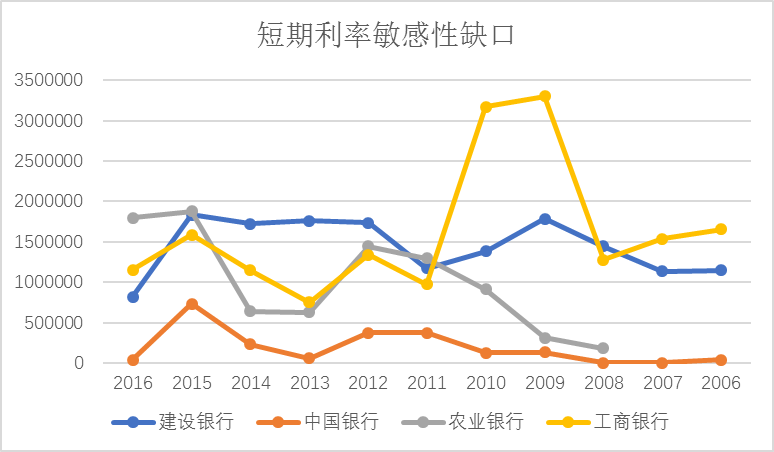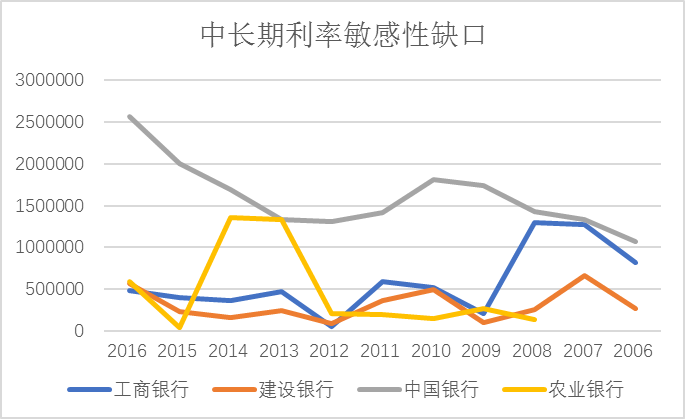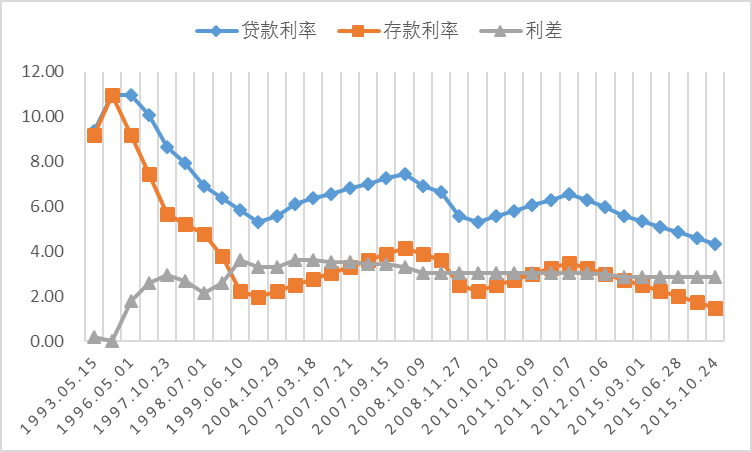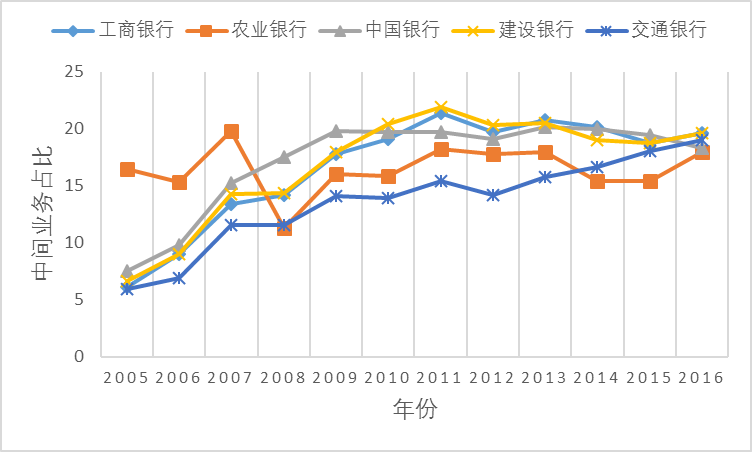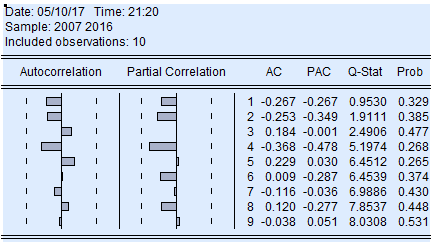利率市场化对我国国有商业银行盈利能力影响的实证分析毕业论文
2021-02-24 10:29:27
摘 要
利率市场化是我国金融体制走向成熟过程中必须经历的阶段,它的发展直接影响着市场利率的波动,利率的波动会导致以存贷利息差为主要收入的国有商业银行盈利能力的下降。为了降低利息收入减少对盈利能力造成的负面影响,国有商业银行只有改变其盈利结构。
本文先对利率市场化和商业银行盈利能力做了概述,然后根据五大国有商业银行2007-2016年的财务指标和利差变化数据,先做描述性分析,再通过回归分析研究了影响国有商业银行盈利能力的指标,根据回归结果对我国有商业银行的盈利模式和盈利结构给出建议和展望。
研究结果表明:随着利率市场化改革的深入,利差不断缩少,国有商业银行收入结构中的利息收入占比在下降,而中间业务收入在上升,银行净利润同比增长率趋于平稳且接近于0。为了提高盈利能力,银行还需要进一步扩大中间业务在收入中的占比,加大金融创新,减少对利差收入的依赖。
关键字:利率市场化;国有商业银行;盈利能力;业务创新
Abstract
Interest rate marketization is indispensable in the progress of financial system maturation, and its development affects the market interest rate fluctuation directly, whereas the fluctuation of market interest rate will influence the main income of the state owned commercial bank which is interest income. To reduce the negative effect on bank’s profitability, the banks' earnings structure need to be changed.
This article makes a summary of the marketization of interest rate and the commercial bank’s profitability at first. Then, according to the five big state owned commercial Banks of financial index data from 2007 to 2016, undergo a desriptive analysis and study the influence of state.owned commercial bank profitability indicators through regression analysis. And give out suggestions and prospects based on the result of empirical analysis on bank’s profitability and earnings structure.
The research results show that with the processing of the interest rate marketization, interest differential has narrowed and the proportion of interest income in the income structure of the state.owned commercial Banks is falling, while the proportion of intermediate business income is on the rise and the net interest rate growth rate year on year approaches 0. There is still a upside protential of the proportion of intermediate business income, and banks are supposed to conduct financial innovation, reducing the dependence on interest income, to enhance the profitability.
Key Words:Interest rate marketization; State owned commercial Banks; Profitability; Business innovation
目 录
摘 要 I
Abstract II
第1章 绪论 1
1.1选题背景 1
1.2 选题意义 1
1.3 研究方法和研究思路 1
1.3.1研究方法 1
1.3.2 研究思路 2
1.4 国内外研究动态 3
1.4.1 国内研究 3
1.4.2 国外研究 4
1.5 可能的创新点和不足 4
第2章 利率市场化与商业银行盈利能力概述 6
2.1 利率市场化概述 6
2.2 国有商业银行盈利能力概述 9
2.2.1 国有商业银行盈利能力 9
2.2.2 国有商业银行的盈利结构 9
第3章 利率市场化对国有商业银行盈利能力的影响 13
3.1 影响渠道 13
3.2 历史经验 15
3.2.1 发达国家:美国、日本 15
3.2.2 发展中国家:马来西亚、印度尼西亚、泰国 16
第4章 实证分析 18
4.1 利率风险分析 18
4.2 利率市场化的描述性分析 20
4.2.1 利差的变化 20
4.2.2 中间业务收益变动 20
4.3 回归分析 22
第5章 结论与展望 25
参考文献 26
附 录 28
致 谢 30
绪论
1.1选题背景
利率市场化是我国金融市场走向成熟的必经过程,它的发展需要不断地总结和正确的理论指导。目前,包括美洲、欧洲、亚洲、非洲在内的多个国家已经推行并完成了市场利率化的过程,他们的利率政策理论和实践都较我国成熟,具有巨大的借鉴学习意义。从1993年开始,我国开展实施利率市场化改革,从确立利率市场化改革的基本设想到放开银行同业拆借利率、银行间债券回购利率,再到存款利率改革初步尝试、完全放开金融机构人民币贷款利率管制,最后经历2015年中央银行的5次降息逐步推进存款利率市场化。回顾中国的利率市场化改革进程主要包括三个阶段:债券利率和银行间市场同业拆借利率的市场化;贴现利率和贷款利率的市场化;存贷款利率的市场化。当前,我国已经到了利率市场化改革的最后完善阶段,即放开对存贷款利率管制,实行市场化机制。
中国目前上市的商业银行包括国有行业银行、股份制商业银行和城市商业银行三种类型,这三种类型的商业银行受到利率市场化的影响和对于利率市场化的反应都各有不同。在利率市场化的进程中商业银行的经营风险无疑大大的提高了,而代表国家利益和国有资本的国有商业银行在利率市场化的大浪潮下如何改变盈利模式,如何提高盈利能力达到保值或增值的目的是值得探讨的。
相关图片展示:

